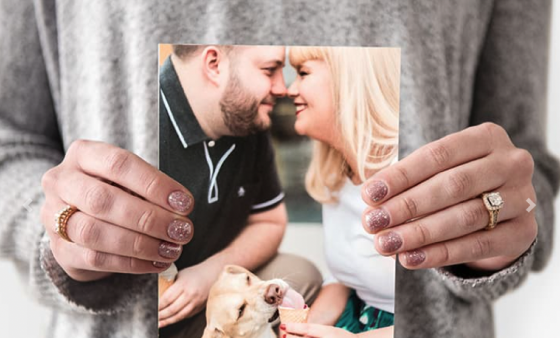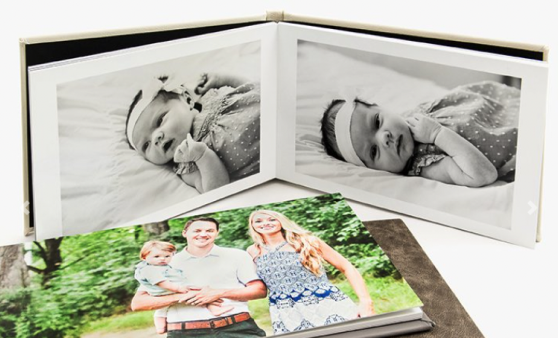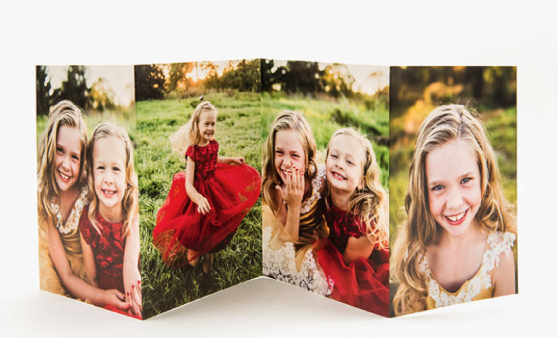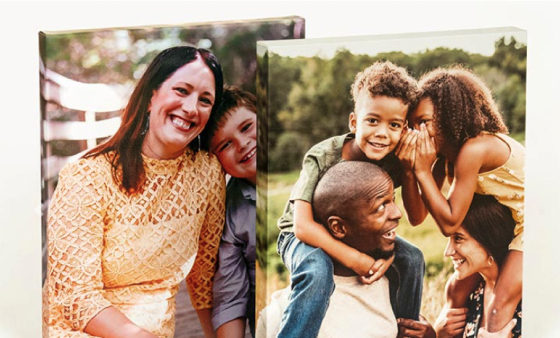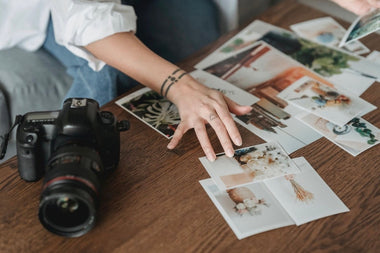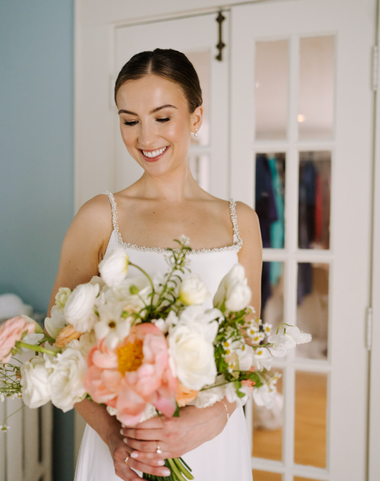Guest post from Tamara Lackey Photography:
Why is white balance such a big deal when it comes to photographing portraits? Because it can say so much about who you are photographing or what you are wishing to convey. If you are photographing a portrait, for instance, and you unintentionally capture your subject with a yellow cast, you risk making them appear sickly. Shoot the portrait with an unintentional blue cast, and you can make that same subject look cold, even withdrawn. And an unintentional orange, or tungsten, cast can convey a lack of photographic training on your part.
Consider white balance as the evaluation of all the colors of light in a scene - and balancing out what you see as white with your eyes, so that it shows up as white in an image. There’s quite a lot to proper white balance. But, basically, the point of shooting with the correct white balance is so you can capture the color in an image as accurately as possible.
Properly managing the color of light is one of the best ways to not just accurately capture the color of your subject or scene, but to also artistically express your vision. Basically, the point of shooting with the correct white balance is so you can capture the color in an image as accurately as possible.
Not only do different light sources have different color temperatures, but the same light source can have a different color temperature based on multiple factors. Choosing to balance the color of light can sometimes be as simple as selecting Auto White Balance on your camera. And it can be as difficult as determining how to properly balance multiple lights when shooting in a spot with blinking fluorescents overhead, natural daylight coming in a window, and a tungsten lamp in the corner. That’s a whole lot of different colors to try to balance in a visually pleasing way.
Luckily, there’s a scale that we can use. The color of light is measured on a Kelvin scale, and it’s worth taking the time to understand how this scale works. Basically, the higher the number on the Kelvin scale, the cooler the light - think of blues and purples. The lower the number on the Kelvin scale, the warmer the light - those oranges and yellows.
Of course, the type of light source itself can also change color temperature, especially natural light sources. The earliest rays of the sun, for instance, start out as a cool light and then quickly advance to a brighter yellow as they warm up during the day. The same light source can peak in warmth around sunset and then drop to a cooler light again in the evening.
Setting your white balance correctly helps to render your subject and the surrounding environment closer to what your eye sees. Our eyes already adjust white balance automatically. Unfortunately, we have to help our cameras to do the same. And even though editing software can be used to color correct images, that can add up to a huge pile of work in post-processing when you return from a shoot with 500 images, all shot in different colors of light - especially when you are shooting several sessions a week!
Try to not ignore the significance of achieving consistent white balance on a shoot, so you can spend less time editing and more time photographing portraits.
What are your tips to mastering white balance?
